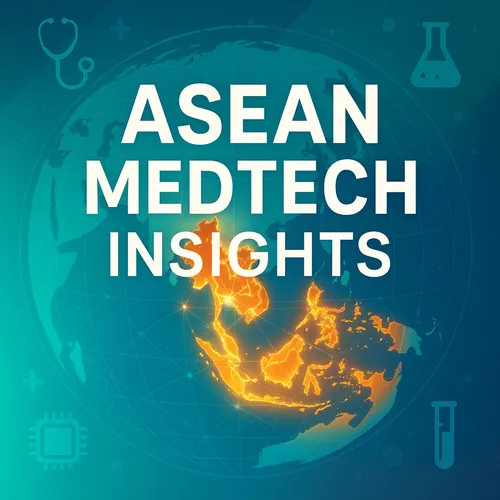Pure Global's ASEAN MedTech Insights: Navigating Thailand's FDA for Low-Risk Medical Devices - A Deep Dive into the Listing vs. Notification Process for Fast-Track Market Entry
- Author
- Ran Chen
- Published
- Thu 04 Sep 2025
- Episode Link
- https://pureglobal.com/
This episode of ASEAN MedTech Insights demystifies the process of registering low-risk medical devices with the Thailand FDA. We clarify the critical difference between the 'Listing' pathway for Class 1 devices and the 'Notification' pathway for moderate-risk devices, providing a clear roadmap for manufacturers.
We explore the detailed requirements, from the necessity of a local Thai license holder to the specifics of the ASEAN CSDT dossier format. Learn about the game-changing 'Positive List' and its potential for auto-approval, and discover the common pitfalls that can derail your submission. This is a must-listen for any MedTech company looking to enter the Thai market efficiently.
**Key Takeaways:**
* What is the crucial difference between 'Listing' and 'Notification' for medical devices in Thailand?
* Why is appointing a local license holder your most important first step for market entry?
* How can you determine if your Class 1 device qualifies for the FDA's 'Positive List' and auto-approval?
* What are the essential documents you need for a successful Class 1 Listing submission?
* What are the most common documentation and labeling mistakes that lead to rejection by the Thai FDA?
* How does Thailand's adoption of the ASEAN CSDT format impact your submission strategy?
* What are the specific challenges for registering low-risk medical software in Thailand?
At Pure Global, we specialize in transforming these regulatory hurdles into opportunities. Our end-to-end solutions, combining local expertise with advanced AI tools, streamline your journey into over 30 global markets, including the entire ASEAN region. Let us be your single point of contact for multi-market access. To learn more, contact us at [email protected] or visit https://pureglobal.com/.
